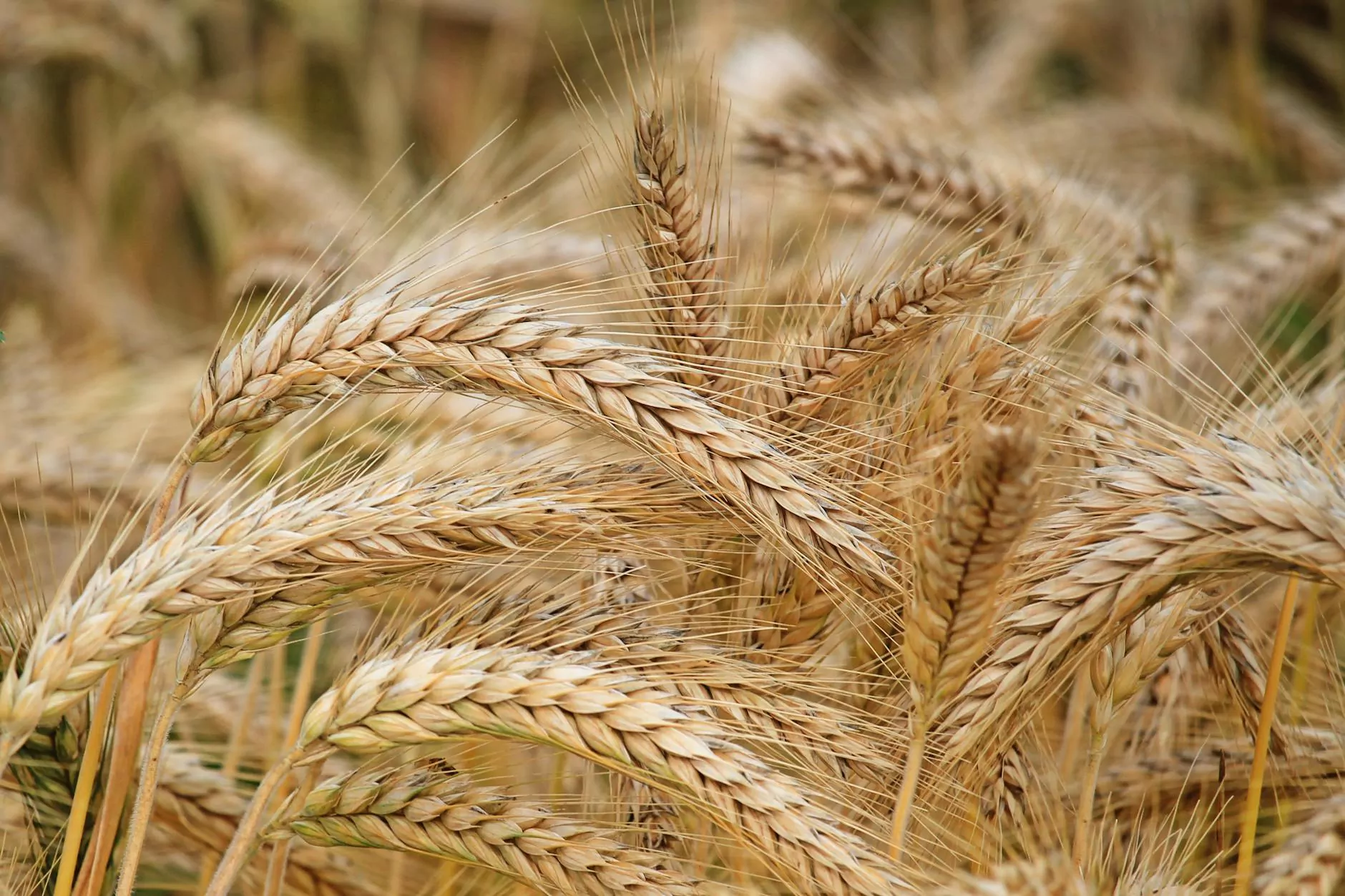The Importance of Dry Grain Moisture Levels in Farming

Farming is a complex and delicate venture that requires careful attention to numerous factors for successful outcomes. One such critical element is monitoring and maintaining optimal dry grain moisture levels. Proper management of dry grain moisture levels is essential in maximizing crop quality, preventing spoilage, and ensuring overall profitability for farmers. In this article, we will explore the significance of dry grain moisture levels and how it affects the farming industry's success.
The Significance of Dry Grain Moisture Levels
Dry grain moisture levels refer to the amount of moisture present in harvested grains used for various purposes, such as consumption, feed for livestock, or processing into various food products. It is crucial to control and monitor the moisture content because excessively moist or excessively dry grains can lead to significant problems.
When grains are too moist, they are prone to mold growth, which can contaminate the entire batch and render it unusable. Moldy grains not only result in financial losses but can also have adverse health effects on both humans and animals if consumed. Additionally, excess moisture can lead to grain clumping and make it difficult to store and transport the produce efficiently.
On the other hand, if grains are too dry, they can become susceptible to cracking, breakage, and pest infestations. Dry grains are also more likely to lose their nutritional value, decreasing their overall quality and market value. Furthermore, grains with extremely low moisture content can pose a fire hazard during storage or transportation due to increased flammability.
The Impact on Farming Industry
The farming industry heavily relies on maintaining the appropriate dry grain moisture levels for several reasons. Farmers need to ensure that their harvests are in optimal condition to meet market demands and consumer expectations. By carefully managing moisture levels, farmers can prevent crop losses, extend the shelf life of grains, and reduce the risk of financial setbacks.
Moreover, different types of crops have different ideal moisture levels, depending on their intended use. For example, corn intended for animal feed may require a lower moisture content compared to corn intended for human consumption. Wheat used for milling may also have specific moisture requirements. Therefore, it is essential for farmers to be aware of the specific moisture levels suitable for each crop in order to meet industry standards and market demands.
The Role of Reliable Farm Equipment Repair
To effectively manage dry grain moisture levels, farmers heavily rely on quality farming equipment. TSGC Inc., a reputable farm equipment repair and supplier, understands the importance of reliable machinery for optimizing farming operations. They offer a wide range of services and products tailored to meet the needs of farmers in the domain of dry grain moisture management.
At TSGC Inc., farmers can access efficient grain dryers, moisture meters, and other cutting-edge equipment designed to accurately measure and regulate grain moisture content. Additionally, their expert farm equipment repair services ensure that farmers can maintain their machinery's functionality and minimize downtime, ensuring uninterrupted grain management processes.
Conclusion
In conclusion, dry grain moisture levels play a vital role in successful farming operations. Farmers must prioritize monitoring and controlling moisture content to avoid spoilage, maximize quality, and meet industry standards. Investing in reliable farm equipment repair and utilizing modern farming equipment are crucial steps toward achieving optimal dry grain moisture levels. With the assistance of TSGC Inc., farmers can ensure their produce retains its quality, value, and longevity in the competitive agricultural market.



